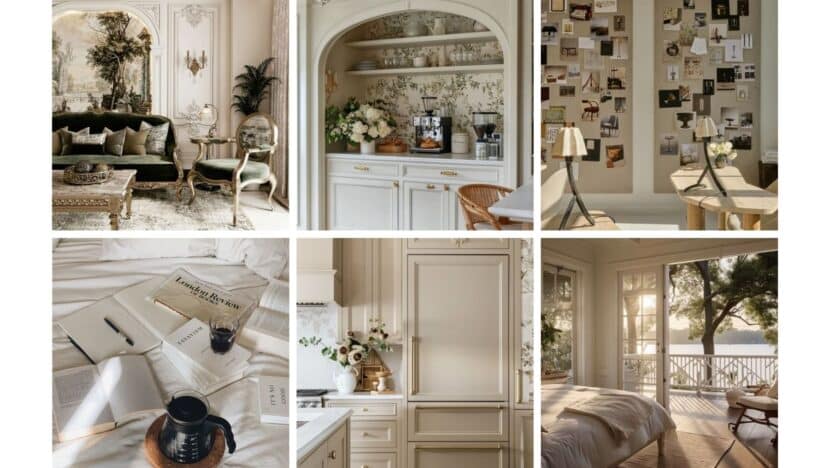Summer heat and stuffy rooms can quickly rob your home of comfort and style. You can keep your interiors feeling cool and inviting without sacrificing aesthetics by making thoughtful choices in color, materials, and layout. The right approach lets you blend function and style so your home stays pleasant no matter the temperature outside.
Whether your goal is to maintain a crisp modern look or a cozy, layered vibe, paying attention to details like light control, natural textures, and greenery makes a big difference. The result isn’t just a cooler space—it’s a more enjoyable, optimistic environment where you want to spend time.

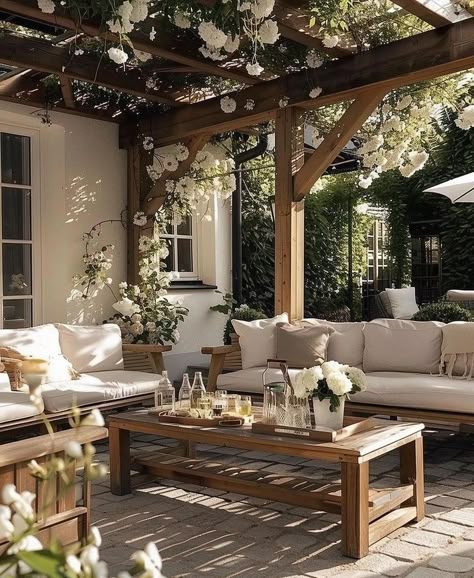
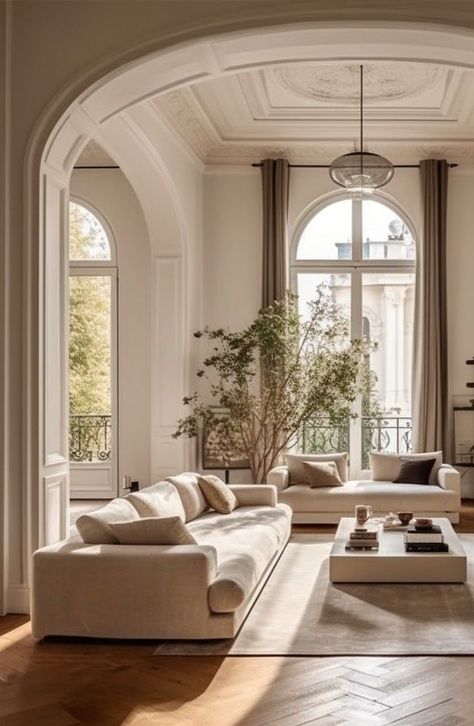
Key Takeaways
- Choose light colors and natural materials for a cooler, stylish look.
- Optimize lighting and arrangement to enhance comfort.
- Add personality while keeping your space fresh and welcoming.
Mastering the Colour Palette for a Cooler Space
Selecting the right colour palette helps maintain a cool atmosphere and add visual appeal to your interiors. Using strategic tones and standout accents can create a space that feels inviting and aesthetically pleasing without sacrificing comfort.
Choosing Light and Neutral Tones
Light shades such as soft blues, pale greys, and crisp whites reflect more light, making rooms look larger and airier. These hues can help keep spaces cooler, especially in sunny rooms or warmer climates. Cool undertones in colours—think blue, green, or lavender—also naturally bring a calming feel.
Try combining several light neutrals together for a sophisticated effect. For example:
| Colour | Description | Best For |
|---|---|---|
| Soft Blue | Calming, cool undertone | Bedrooms, living rooms |
| Pale Grey | Neutral, modern | Kitchens, offices |
| White | Bright, clean look | Any room, hallways |
| Mint Green | Refreshing, soft | Bathrooms, bedrooms |
Layering textures such as linen or cotton in these shades adds depth without detracting from the cool, airy vibe. Light-coloured flooring and window treatments can reinforce this effect.
Accents and Statement Pieces for Visual Interest
You don’t have to avoid colour completely to maintain a cool look. Add subtle accents—like teal cushions, navy rugs, or glass vases—to inject personality while keeping the overall scheme relaxing. Cool metallics, such as brushed nickel or chrome, can also boost visual interest.
Statement pieces, like an art print in cool tones or a boldly coloured accent chair, can anchor your palette without overwhelming the space. The key is balance: limit accent colours to 1–2 main shades and repeat them throughout to keep things cohesive.
Tips for effective accents:
- Choose one standout piece per room.
- Mix different shades of the same colour family.
- Incorporate natural materials for texture.
This approach ensures your interiors remain both comfortable in temperature and rich in visual appeal.



Smart Use of Lighting and Mirrors
Strategic lighting choices help maintain a cool feel while keeping interiors visually appealing. Arranging mirrors and selecting the right light sources makes your home brighter, airier, and more comfortable.
Maximizing Natural Light with Mirrors
Mirrors are a simple way to boost natural light and keep rooms cooler. Placing a mirror opposite or beside a window allows it to reflect sunlight, making the space feel brighter without extra heat from artificial lighting. Use larger mirrors in smaller rooms or narrow hallways to make these areas appear more open and less enclosed.
Try adding mirrors near indoor plants or light-colored walls. This not only increases the sense of space but also enhances the daylight effect. If direct sunlight is too strong, angle the mirror to bounce soft, indirect light across the room instead.
For a subtle touch, choose mirrors with simple frames and clean lines. They work well in most decor styles and won’t overwhelm the space.
Balancing Artificial Lighting
Artificial lighting should be layered and adjustable. Instead of using just one overhead light, combine different sources—like table lamps, string lights, and floor lamps—to spread light evenly.
Use cool white LED bulbs to reduce heat output compared to traditional incandescent bulbs. Dimmable options help you control brightness, keeping the room from feeling harsh or too warm at night.
String lights add a decorative glow without much extra heat. For dining areas or living rooms, a chandelier with LED bulbs brings elegance while staying energy efficient. Place lamps close to mirrors to maximize illumination with fewer fixtures.
Avoid clustering too many lights together, which can raise the temperature and create glare. Always match lighting choices to room size and function for a balanced, comfortable setting.
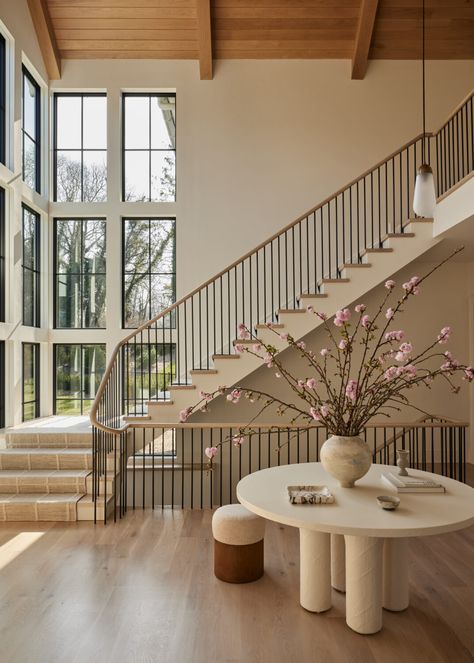
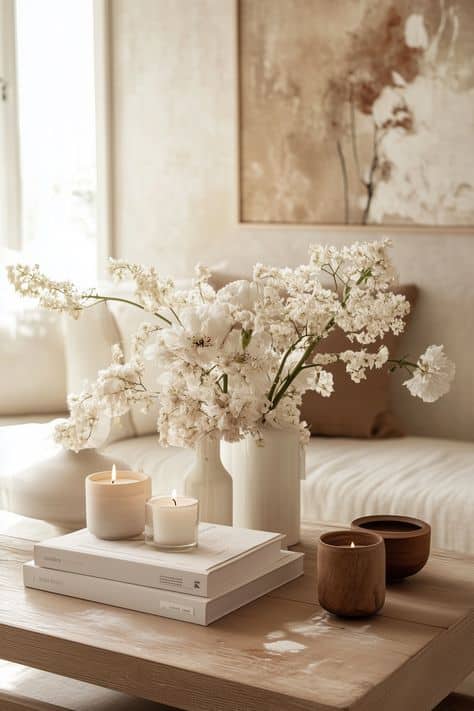
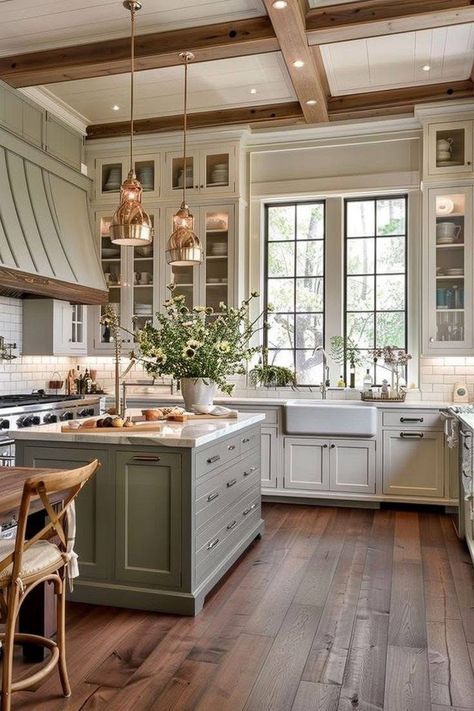
Fabrics, Textures, and Material Choices
Choosing the right fabrics and materials helps you balance cool temperatures and stylish aesthetics. Smart use of textures, curtains, and patterns adds depth and comfort while making your interiors more functional in the heat.
Selecting Breathable Materials
Natural materials like cotton, linen, and bamboo are ideal for regulating temperature. These fabrics are breathable and allow air to circulate, keeping rooms cooler especially in warm months. When possible, select light-colored and lightweight versions for bedding, upholstery, and window treatments.
For upholstered furniture, avoid heavy synthetics or velvet during hot seasons, as they can trap heat. Instead, use slipcovers made from linen or cotton to refresh your seating. To ensure durability while keeping interiors cool, check fabric care instructions and choose materials that withstand frequent washing.
Use this quick comparison for summer-friendly fabrics:
| Material | Breathability | Suitability for Summer |
|---|---|---|
| Cotton | High | Excellent |
| Linen | High | Excellent |
| Bamboo | High | Very Good |
| Velvet | Low | Less Ideal |
| Synthetic | Low-Variable | Less Ideal |
Incorporating Textures through Curtains and Bedding
Layering different textures helps prevent summertime spaces from feeling bland. Textured curtains, like those with a slight weave or pattern, diffuse light and add visual interest. Sheer linen curtains let sun in but reduce glare, and they feel light and airy.
For bedding, layer crisp percale or linen sheets with a lightweight cotton quilt. Mixing in a softly textured throw or a waffle-knit blanket brings tactile variety without adding bulk or warmth. You can also pair upholstered headboards with smooth or textured fabrics, balancing function and visual appeal.
Choose curtains with subtle textures if you want an elegant appearance that still feels cool. Minimize thermal buildup by switching out heavy drapes for lighter materials in spring and summer.
Mixing Patterns for Depth
Patterns contribute personality without impacting room temperature. Use geometric prints, stripes, or botanical motifs to add complexity across cushions, throws, and patterned curtains. Mixing small and large patterns provides depth without overwhelming your space.
When working with patterns, stick to a limited color palette to keep everything cohesive and avoid visual clutter. Pair a boldly patterned duvet with simple, solid pillowcases, or mix pinstripes and subtle dots in similar shades.
Develop visual interest by combining different patterns, but anchor the room with plenty of plain, breathable fabrics. This balance keeps the interior looking cool and organized while allowing you to make creative choices.
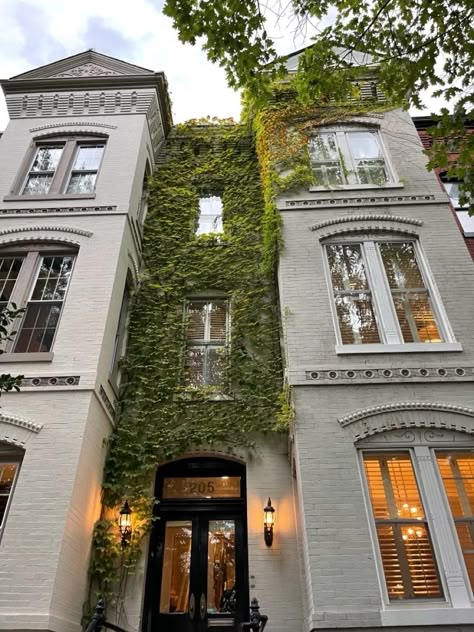
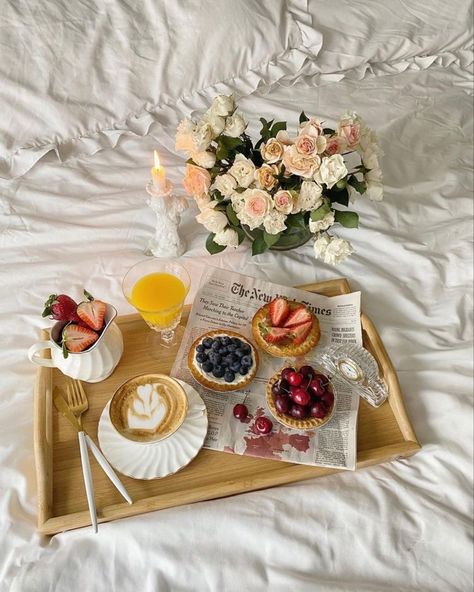
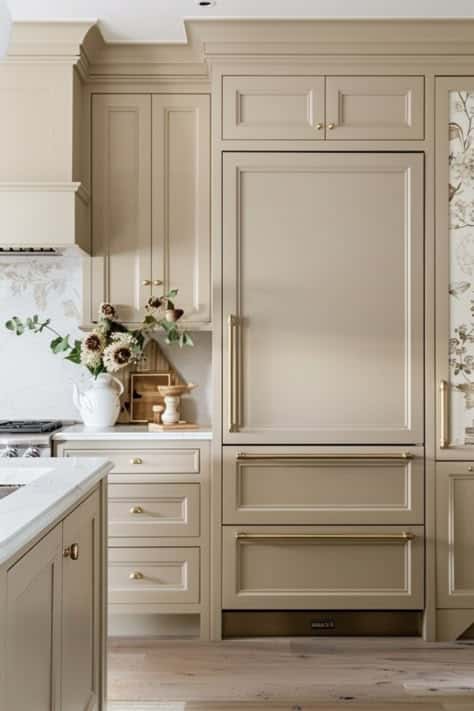
Optimizing Layout and Zoning for Comfort
Maintaining a cool and comfortable interior relies on how you arrange and zone your living spaces. Strategic organization of furniture and clear pathways help airflow, support relaxation, and keep your home feeling fresh.
Ergonomics and Furniture Arrangement
Placing furniture to support natural movement is essential. Position couches, chairs, and tables to leave open walkways, especially near doors and windows to enhance air circulation. Avoid crowding large pieces in one area, as this can trap heat and restrict ventilation.
Use multi-purpose furniture, like storage ottomans or modular sofas, to maximize usable space and prevent clutter. In contemporary living, flexible zones support both relaxation and productivity. Arrange workspaces away from heat sources such as windows that get direct sunlight.
Quick tips for ergonomic and efficient layout:
- Group furniture to encourage conversation, not congestion.
- Leave at least 60 cm of space between items for easy movement.
- Opt for low-profile or open-base pieces to allow air under and around items.
Decluttering for Air Flow
A decluttered space allows air to move more freely, making interiors feel cooler. Start by removing unnecessary items from surfaces, floors, and entryways. Limit decorative objects or bulky textiles that block vents or trap warmth.
Store seasonal accessories and unused tech devices out of sight to reduce visual clutter. Use vertical storage like shelves to free up floor space, giving both your eyes and the air more room to flow.
Regularly clear under beds, behind sofas, and around vents to prevent dust buildup. By keeping your layout simple and surfaces open, you promote comfort and improve your home’s overall cooling efficiency.
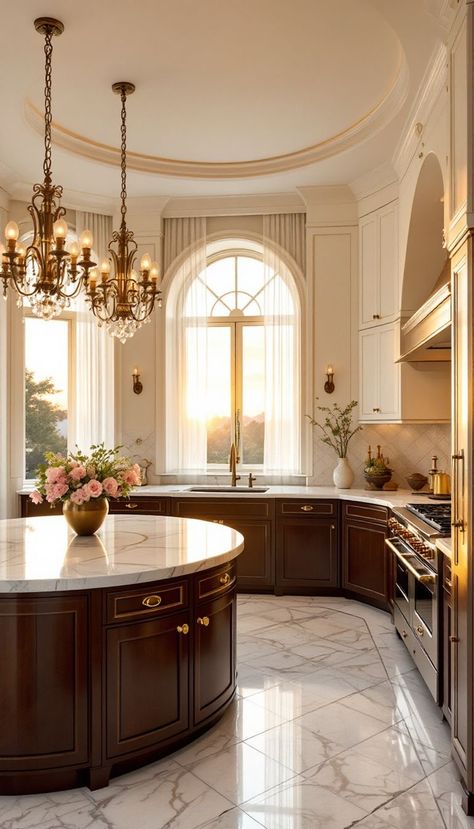
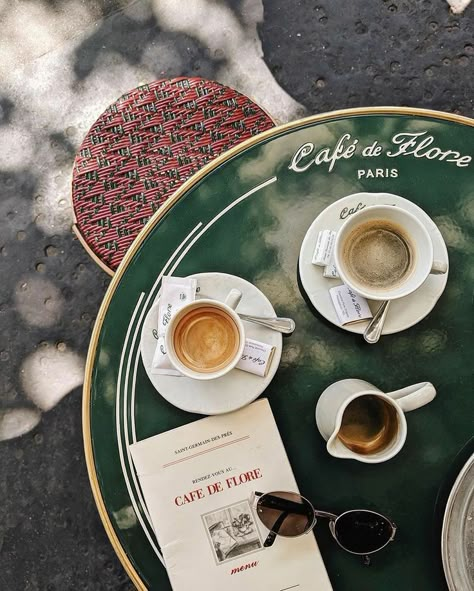

Adding Personality While Enhancing Coolness
You can create a home that feels uniquely yours while also maintaining a comfortable, refreshing atmosphere. Mixing personal style with smart design choices allows for spaces that are both expressive and pleasant to be in.
Personal Touches in Décor
Small personal elements go a long way in making your space feel like home. Framed photos, a favorite piece of local art, or meaningful objects from your travels are easy ways to showcase your interests. These pieces add unique flair without sacrificing a sense of comfort.
Try curating a gallery wall with art you love or displaying collections on open shelves. Incorporate handmade ceramics, vintage finds, or textiles that have a story. This approach keeps the space visually interesting while allowing cool air to circulate if you avoid overcrowding.
A feature like an accent wall in a calming tone or adorned with your chosen artwork can reflect your personality without feeling overwhelming. Choose décor and color palettes that align with how you want the space to feel rather than following fleeting trends.
Using Minimalist Aesthetic for Calmness
Minimalism encourages you to keep only what is necessary and meaningful, leading to an uncluttered and calming interior. This style improves airflow and allows rooms to stay cooler by reducing the number of objects that collect heat or obstruct air vents.
Stick to neutral tones and light materials like cotton, linen, or sheer curtains. Use a few selected décor pieces, such as a single statement lamp or a graphic print, to draw interest without visual clutter. Keep surfaces clear and leave space between furniture for a breezier feel.
Here are some ways a minimalist aesthetic contributes to coolness and style:
| Benefit | Example |
|---|---|
| Easier cleaning | Fewer items means less dust |
| Light reflection | Pale walls and mirrors brighten rooms |
| Visual calmness | Open, organized layouts |
Aim for quality over quantity in home decor, focusing on individual pieces that serve both function and personal connection.
Well-Being and the Role of Nature Indoors
Nature-inspired spaces not only improve comfort but also help regulate temperature and encourage a calming atmosphere. By bringing elements like indoor plants and natural materials into your home, you can support your mental health and set the stage for restful sleep.
The Benefits of Indoor Plants
Adding greenery to your home provides more than just visual appeal. Plants help improve air quality by filtering out pollutants and increasing oxygen levels. This cleaner air can make you feel energized and refreshed.
Houseplants also promote a sense of hope and joy, making rooms more inviting and comfortable. Placing a plant on a windowsill or table can soften harsh lines and fill empty spaces with life and texture. Some good options include pothos, snake plants, and peace lilies because they require minimal care and adapt easily.
If you want additional benefits, use plants that release moisture. This process, called transpiration, adds humidity to the air and can help keep rooms cooler during warm months. Choose a mix of leafy and flowering plants to balance visual interest with practical effects.
Balancing Mental Health and Relaxation
Integrating nature into your interior supports mental health by reducing stress and promoting relaxation. Exposure to greenery and organic textures in your living space is known to lower anxiety levels and enhance mood.
Natural light, soft colors, and organic materials like wood and linen also contribute to a soothing environment. You can use bedding, pillows, and throws in natural fabrics to create cozy, inviting spaces that feel safe and peaceful.
To encourage relaxation, consider creating a reading nook with lush plants, comfortable seating, and soft natural light. Having these designated spaces makes it easier to unwind, recharge, and experience a sense of joy and calm at home.
Promoting Sleep Quality and Circadian Rhythms
Sleep quality depends on more than just a comfortable mattress and bedding. Natural light is key for supporting your circadian rhythms, which control your sleep and wake patterns. Try to arrange your bedroom so you get morning sunlight, or use sheer curtains to let in gentle light.
Plants in the bedroom can create a cooler, more oxygen-rich environment for better rest. Choose varieties like lavender or jasmine that are linked to relaxation. Pillows and bedding in breathable, natural fibers like cotton or linen help regulate body temperature and moisture, making it easier to sleep soundly.
By combining natural elements and thoughtful lighting, you set the stage for restful nights and improved daytime energy.


